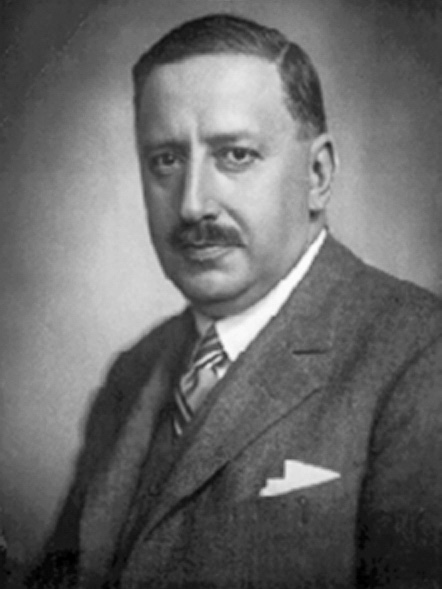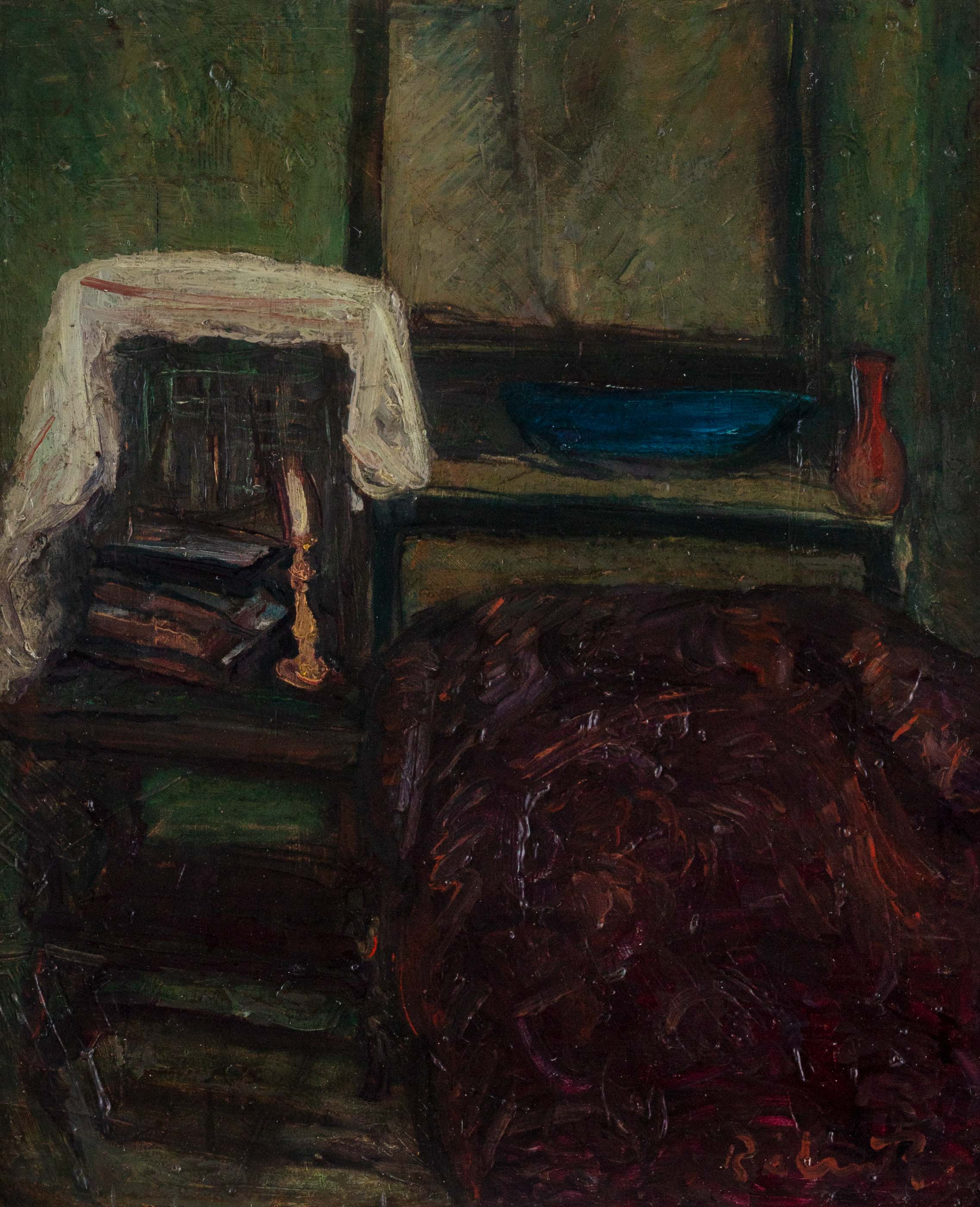Bálint (Berger) Rezső

1885, Budapest - 1945, Budapest
The Life
He shared a studio with Modigliani and showcased their work together.
The Art
His painting style was strongly influenced by Marc Chagall and the Parisian School.
Here and there
In the beginning, there were typography studies, then painting ones.
He learned painting under the guidance of Károly Ferenczy and Béla Iványi Grünwald, in Baia Mare, where he left in 1906. Between 1907-1908, he worked in a town outside the painting school and, during these years, he also made a study trip to Munich.
After his stay in Baia Mare, he studied painting at Ferenc Szablya- Frischauf’s private school in Budapest. At the 1909 exhibition, organized by the group of artists “KÉVE” (Association of Hungarian Visual and Decorative Artists), he participated with 24 artworks, including paintings from Baia Mare, Budapest, and Munich. In 1912, he took part in the Jubilee Painting Exhibition in Baia Mare.
And then there was Paris
At the end of 1909, the artist left for Paris, where he remained until the beginning of 1912. He recalled his first days there as being mundane: “I painted the small still lifes in my hotel room. The old clock with the glass bell that was sitting on the fireplace, the dressing table. For weeks I only painted such subjects.” Most likely the painting entitled “Parisian Interior”, which is part of our collection, dates from this period.
He took evening drawing classes at the Académie de la Grande Chaumière private school, a very popular academy at the time, where he drew nude studies after living models. Apart from that, he made copies of the paintings of the great classics, such as Tintoretto, as he often visited the rich collection of the Louvre Museum.
Meanwhile, he met Amadeo Modigliani, who offered to share his studio with the Hungarian artist, who evoked in his memoirs the atmosphere of his common workshop: “After a few days, I moved to Cité Falguière 14, in Modigliani's studio. There were few things in it, but it was still crowded, full of painting tools, stones, pieces of wood. One could hardly pass between them. (…) For a week we both lived in this one-room workshop until a room on the ground floor was released and Modigliani moved there. But he still left his work on the walls of the workshop.”
Professional and financial success
Later, in 1910, their artworks were exhibited together, in the exhibition space on Rue du Colonel Combes 3, an exhibition belonging to the Portuguese painter Amadeo de Sousa Cardozo. This showcasing brought him professional recognition and financial success, as Parisian art dealers bought some of his works.
He returned to the country and worked for a short time at the Artists' Colony in Kecskemét. There, he opened a solo exhibition of over 20 oil paintings and graphic works (in September 1912). He also had a retrospective exhibition at the Könyves Kálmán Salon in Budapest (1916), and published a portfolio entitled Formák, Vonalak, Színek (Shapes, Lines, Colors) that included 11 lithographs (in 1918, in Budapest).
From 1920 he lived in a small village called Izbég, but he would occasionally visit Paris to showcase his artworks. On one occasion, he organized a retrospective exhibition at the Mirosmenil Gallery (in 1932). In October 1934, he had a retrospective exhibition at the Ernst Museum in Budapest.
An artist in many ways
He was not only a painter but also a writer active in journalism, his writings being published in the Jewish cultural magazine Múlt és Jövő (Future and Past) in Budapest. In a 1939 article, he drew attention to the plight of Jewish artists, objecting to the antisemitic laws and the fact that Jewish leaders do not support artists enough. The Hungarian Jewish Literature and Art Committee (established within the Jewish community in Pest) wanted to remedy this situation, with Rezső Bálint as a member.


